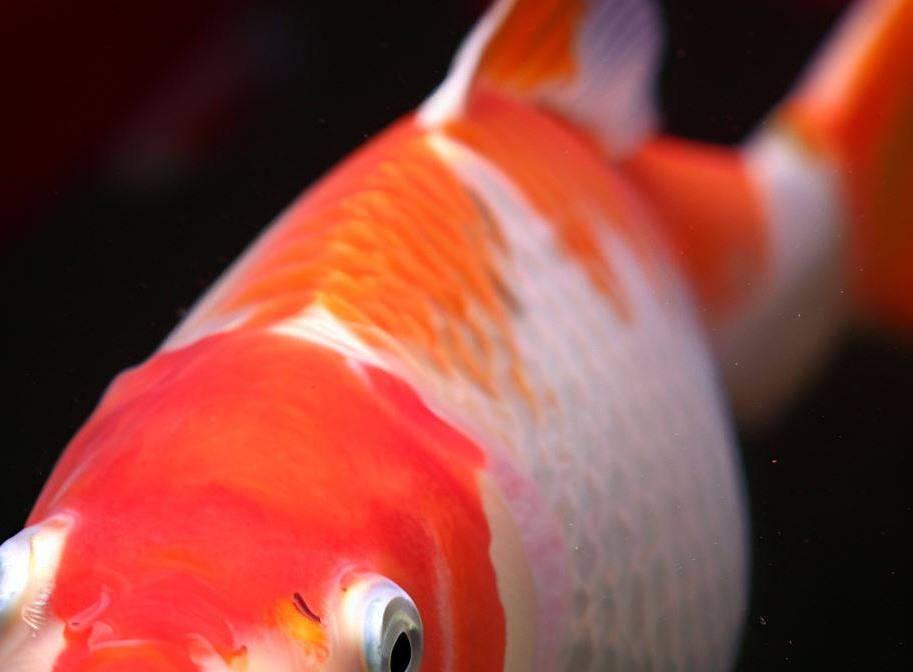Koi fish, with their mesmerizing hues and graceful movements, have captured the hearts of fish enthusiasts and garden pond owners around the world. These elegant creatures come in a stunning array of colors and patterns, each as unique as a fingerprint. But have you ever wondered what these colors signify and what they can tell us about the health and well-being of our beloved koi? Delving into the depths of koi care, let us explore the secret language encoded within their magnificent color patterns.
Color Symbolism:
Just like how humans use colors to express emotions and communicate, koi fish have their own color symbolism. The vibrant palette of oranges, reds, whites, blacks, and blues found in koi can convey messages about their genetic heritage, age, and even their mood. In Japanese culture, specific colors hold deep significance, such as the red and white "Kohaku" pattern symbolizing perseverance and success. By understanding these color meanings, koi keepers can gain insights into the emotional and physiological state of their fish.
Environmental Factors:
The environment in which koi fish are raised can influence their coloration. Water temperature, water quality, and sunlight exposure all play crucial roles in enhancing or diminishing the brilliance of a koi's colors. Optimal water conditions and appropriate lighting can help koi develop their natural pigmentation to its fullest potential. Likewise, fluctuations in water chemistry or exposure to excessive sunlight can lead to color fading or even discoloration. Maintaining a balanced and controlled aquatic environment is key to preserving the splendor of your koi's colors.
Health Indicators:
Koi color patterns can serve as visual indicators of their overall health. Vibrant and well-defined colors often signify a healthy koi, while dull or faded hues might indicate underlying health issues. Observing changes in coloration, such as darkening, spotting, or unusual patterns, can alert koi keepers to potential health problems, such as infections, parasites, or stress. Regular monitoring of color changes, in conjunction with other behavioral and physical observations, can provide valuable early warning signs for prompt intervention and treatment.
Genetic Influences:
Genetics plays a significant role in determining the color patterns of koi fish. Breeding practices and genetic traits passed down from generation to generation can shape the unique appearances of individual koi. Koi breeders selectively mate fish with desired color traits, leading to the development of specific color varieties, such as the vibrant "Goshiki" or the delicate "Hikarimono." Understanding the genetic components behind color patterns allows koi enthusiasts to make informed decisions when selecting and breeding koi, aiming to preserve and enhance desired color characteristics.
The captivating world of koi care goes beyond providing a serene environment and a balanced diet. Delving into the intricacies of koi color patterns unlocks a deeper understanding of their emotions, health, and genetic heritage. By decoding the secret language embedded in their vibrant scales, koi enthusiasts can cultivate stronger bonds with their fish, ensuring their well-being and maintaining the aesthetic beauty that these enchanting creatures bring to our lives. So, the next time you admire the vivid colors of your koi swimming gracefully in your pond, remember that their colors hold tales waiting to be discovered.
